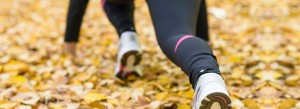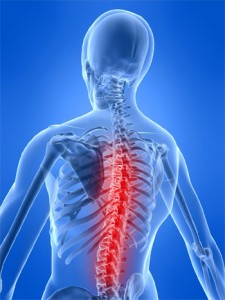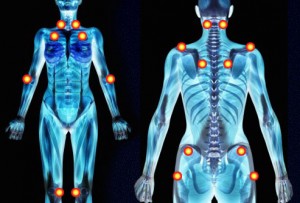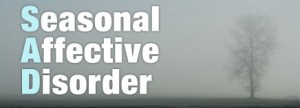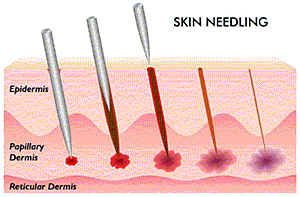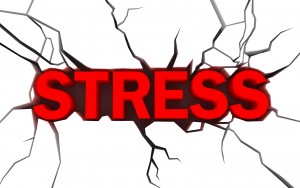 A wrist is made up of eight small bones known as carpals, and a complex configuration of ligaments tendons and nerves.
A wrist is made up of eight small bones known as carpals, and a complex configuration of ligaments tendons and nerves.
Wrist pain is common, whether from a sports injury or repetitive motion injury. Delaying a diagnosis or treatment can result in Carpal tunnel syndrome, or even a permanent disability. It is important to make an accurate diagnosis of the cause of your symptoms as a quickly as possible to avoid further injury.
Common causes for wrist pain include:
- Tendonitis –Tendonitis is a common problem that can cause wrist pain and swelling. Wrist tendonitis is due to inflammation of the tendon sheath.
- Sprains – Wrist sprains are common injuries to the ligaments around the wrist joint. Sprains can cause problems by limiting the use of our hands.
- Carpal tunnel syndrome – Carpal tunnel syndrome is the condition that results from dysfunction of one of the nerves in the wrist. In carpal tunnel syndrome the median nerve is compressed, as it passes through the wrist joint.
- Arthritis – Arthritis is a problem that can cause wrist pain and difficulty performing normal activities.
- Fractures – A wrist fracture is a common orthopedic injury. Patients who sustain a broken wrist may be treated in a cast, or they may need surgery for the fracture.
Treating wrist pain depends on the location, type and severity of the injury and how long ago the injury occurred.
Treatments for a wrist injury include:
- Rest the joint, and allow the acute inflammation to subside
- Anti-inflammatory medication
- Ice packs reduces the swelling which is caused by inflammation. The recommended time for application of ice on a new wrist injury is 10 minutes, or until the injured area is numb, and then apply ice every two hours for the first 48 hours after the initial injury.
- Wrist support or taping can support wrist movements. They will not prevent severe injuries, but may help you perform simple activities while rehabilitating from a wrist sprain.
- Laser therapy will improved circulation, reduced inflammation and reduced swelling, muscle spasms, stiffness and pain
- Physiotherapy will restore and strengthen the function and movement of the injured area through exercise, manual manipualtion and modalities.
- Cortisone injections or surgery may be necessary
Before you start any treatment regime, always contact your health care practitioner.

